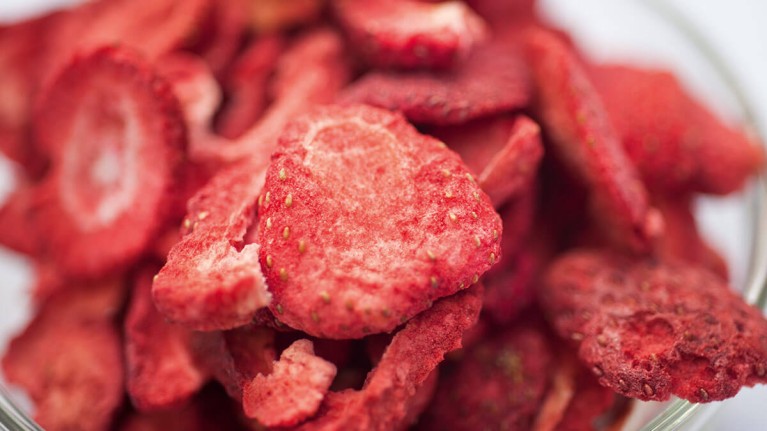How does freeze drying work?
Freeze drying under vacuum is used to dry sensitive products without damaging them. By making use of the phenomenon called sublimation. Which means that water passes directly from the solid to the gaseous state while under vacuum.The freeze drying process starts with freezing the product to be dried at atmospheric pressure. Usually with the help of cryogenic liquefied gases. It is then placed under vacuum. The frozen moisture in the product sublimates and can easily be extracted in the form of vapor.
In this way, water can be partly or completely removed. For example, from foodstuffs or sensitive pharmaceutical substances. With no need of heating up the products. As a result, important ingredients and aromas are preserved, and product properties remain unchanged. Therefore, freeze-dried substances can easily be rehydrated later on.
Whatever your drying process. We help you to choose the vacuum solution perfectly matching your requirements.


